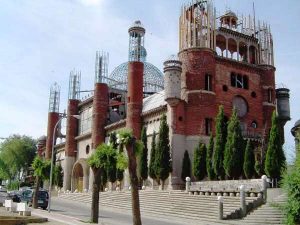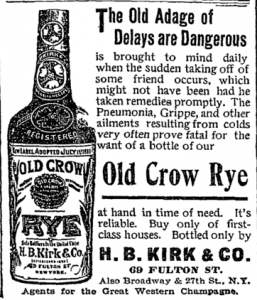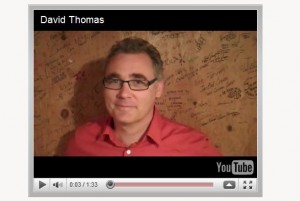Hand-built Cathedral
Justo Gallego Martínez life’s work in Madrid Spain seems both vernacular and folly, but also strangely architectural. A massive cathedral he has built alone, by hand, and largely unplanned, is impressive in scale, quality, design and personal touch. A documentary about his work gives a sense of the epic nature of his effort, devotion and the building.
What makes this fun? In a general sense, Don Justo has built a cathedral that is not a cathedral. Though he is Catholic, he did not work under the guidance of a church. Through the building is architectural, he is not an architect. Where a cathedral is meant to inspire awe, which his does, it is too personal and feels intimate depsite its size. There is something deeply sacred about this construction. But as the work of one man, it’s also deeply human.
So it seems fun in so many ways. At the same time, we are taught to see the religious as not fun. The reason for that is pretty simple: We look to religion for certainty, while fun plays with meaning. Religion promises us answer where fun asks questions. Religion about what we can’t udnerstand, but fun demands some sort of answer.
What is wonderful about Don Justo’s Cathedral is that it demonstrates that the sacred and the playful and exist together. Maybe the nature of god is not in certainty, but in the liberty of play.


